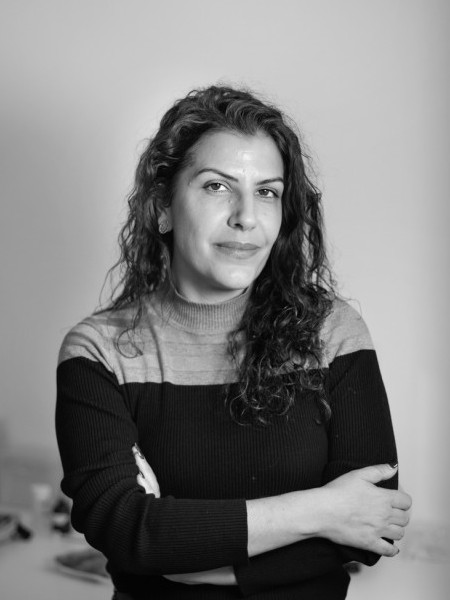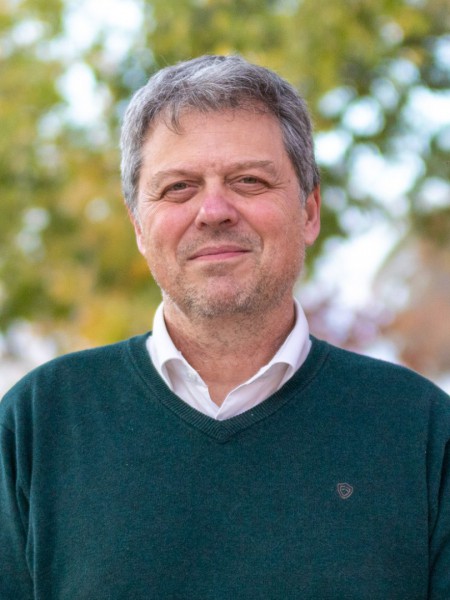resumo
The immune system is a pivotal player in determining tumor fate, contributing to the immunosuppressive microenvironment that supports tumor progression. Considering the emergence of biomaterials as promising platforms to mimic the tumor microenvironment, human platelet lysate (PLMA)-based hydrogel beads are proposed as 3D platforms to recapitulate the tumor milieu and recreate the synergistic tumor-macrophage communication. Having characterized the biomaterial-mediated pro-regenerative macrophage phenotype, an osteosarcoma spheroid encapsulated into a PLMA hydrogel bead is explored to study macrophage immunomodulation through paracrine signaling. The culture of PLMA-Tumor beads on the top of a 2D monolayer of macrophages reveals that tumor cells triggered morphologic and metabolic adaptations in macrophages. The cytokine profile, coupled with the upregulation of gene and protein anti-inflammatory biomarkers clearly indicates macrophage polarization toward an M2-like phenotype. Moreover, the increased gene expression of chemokines identified as pro-tumoral environmental regulators suggest a tumor-associated macrophage phenotype, exclusively stimulated by tumor cells. This pro-tumoral microenvironment is also found to enhance tumor invasiveness ability and proliferation. Besides providing a robust in vitro immunomodulatory tumor model that faithfully recreates the tumor-macrophage interplay, this human-based platform has the potential to provide fundamental insights into immunosuppressive signaling and predict immune-targeted response. An immunomodulatory system based on human-derived platelet lysate hydrogel beads produced on superhydrophobic surfaces is developed to recreate the synergistic tumor-macrophage interaction. This system demonstrates that tumor cells are able to trigger morphological, metabolic, and gene and protein expression adaptations in macrophages, while these immune cells potentiate tumor invasiveness ability. image
palavras-chave
CELLS; INVASION; METASTASIS
categoria
Biochemistry & Molecular Biology; Materials Science; Polymer Science
autores
Monteiro, CF; Almeida, CR; Custódio, CA; Mano, JF
nossos autores
Projectos
CICECO - Aveiro Institute of Materials (UIDB/50011/2020)
CICECO - Aveiro Institute of Materials (UIDP/50011/2020)
Associated Laboratory CICECO-Aveiro Institute of Materials (LA/P/0006/2020)
Human based bioinks to engineer physiologically relevant tissues (HumanINK)
agradecimentos
This work was developed within the scope of the project CICECO-Aveiro Institute of Materials, UIDB/50011/2020 (DOI 10.54499/UIDB/50011/2020), UIDP/50011/2020 (DOI 10.54499/UIDP/50011/2020), and LA/P/0006/2020 (DOI 10.54499/LA/P/0006/2020), financed by national funds through the FCT/MCTES (PIDDAC). The authors would like to acknowledge the European Research Council for the Advanced Grant Agreement No. H2020-ERC-AdG-883370 for the project REBORN, and for the Proof-of-Concept Grant Agreement No. ERC-2022-PoC-101082210 for the project HumanINK. This work was also supported by the Foundation for Science and Technology through the individual Contract No. 2020.01647.CEECIND of Dr. Catarina A. Custodio and the doctoral Grant No. SFRH/BD/144640/2019 of Catia F. Monteiro.




